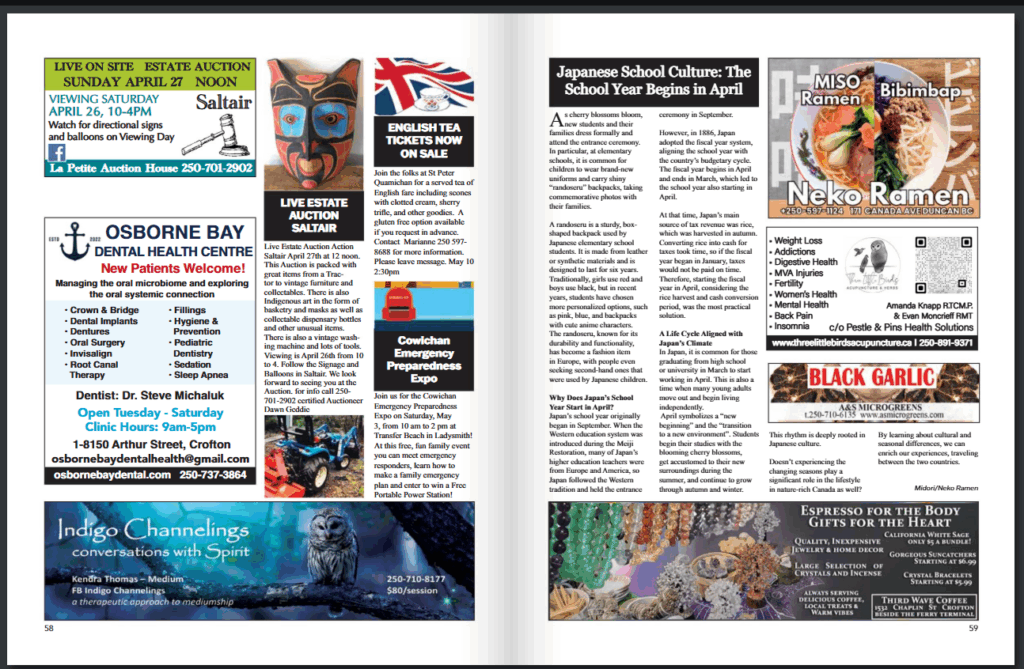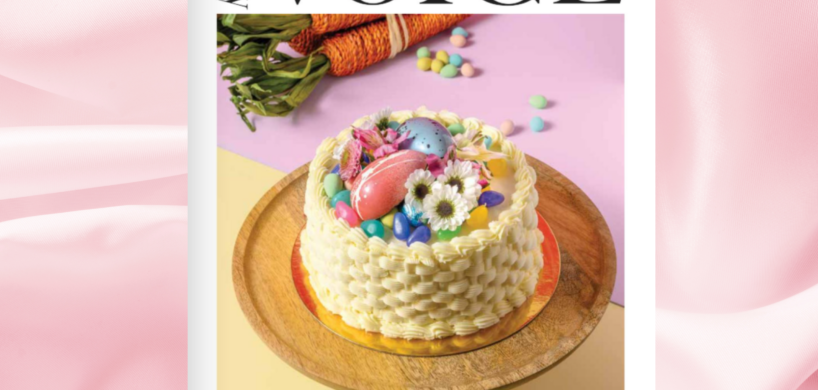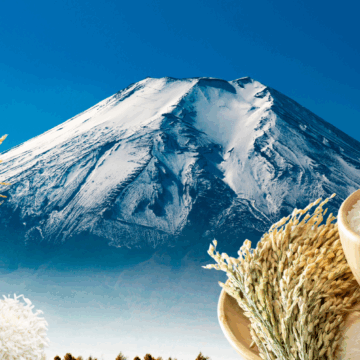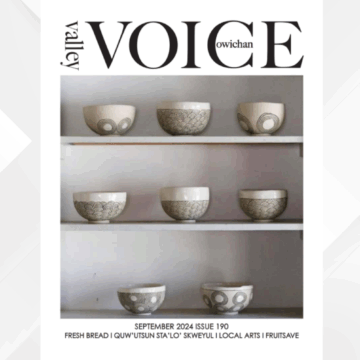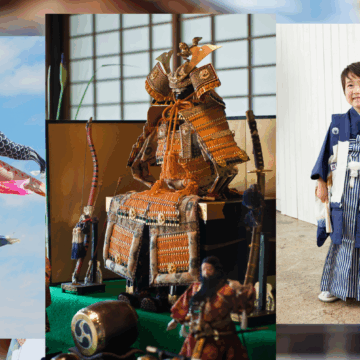As cherry blossoms bloom, new students and their families dress formally and attend the entrance ceremony.
In particular, at elementary schools, it is common for children to wear brand-new uniforms and carry shiny “randoseru” backpacks, taking commemorative photos with their families.
A randoseru is a sturdy, box-shaped backpack used by Japanese elementary school students. It is made from leather or synthetic materials and is designed to last for six years. Traditionally, girls use red and boys use black, but in recent years, students have chosen more personalized options, such as pink, blue, and backpacks with cute anime characters. The randoseru, known for its durability and functionality, has become a fashion item in Europe, with people even seeking second-hand ones that were used by Japanese children.
◆ Why Does Japan’s School Year Start in April? ◆
Japan’s school year originally began in September. When the Western education system was introduced during the Meiji Restoration, many of Japan’s higher education teachers were from Europe and America, so Japan followed the Western tradition and held the entrance ceremony in September.
However, in 1886, Japan adopted the fiscal year system, aligning the school year with the country’s budgetary cycle. The fiscal year begins in April and ends in March, which led to the school year also starting in April.
At that time, Japan’s main source of tax revenue was rice, which was harvested in autumn. Converting rice into cash for taxes took time, so if the fiscal year began in January, taxes would not be paid on time. Therefore, starting the fiscal year in April, considering the rice harvest and cash conversion period, was the most practical solution.
◆ A Life Cycle Aligned with Japan’s Climate ◆
In Japan, it is common for those graduating from high school or university in March to start working in April. This is also a time when many young adults move out and begin living independently.
April symbolizes a “new beginning” and the “transition to a new environment”. Students begin their studies with the blooming cherry blossoms, get accustomed to their new surroundings during the summer, and continue to grow through autumn and winter. This rhythm is deeply rooted in Japanese culture.
Doesn’t experiencing the changing seasons play a significant role in the lifestyle in nature-rich Canada as well? By learning about cultural and seasonal differences, we can enrich our experiences, traveling between the two countries.
Midori/Neko Ramen
This article was contributed to the April 2025 issue of Cowichan Valley Voice.
カナダと違う日本の学校文化/日本の入学式は4月
◆日本の学生生活は4月に始まります◆
日本では、学校の新学期は4月に始まるのが一般的です。
桜が咲くころ、新入生と家族が正装をして式に参加します。
特に小学校では、ピカピカのランドセルと新しい制服を身にまとい、家族と一緒に記念写真を撮るのが一般的です。ランドセルとは、日本の小学生が使う丈夫な箱型のバックパックです。革や合成素材で作られ、6年間使えるように設計されています。女の子は赤、男の子は黒のランドセルが一般的でしたが、近年はピンクやブルー、可愛いアニメのキャラクターの柄入りのものなど、個性的なものを選ぶこともあります。丈夫で機能的なランドセルはヨーロッパではファッションとして大人にも人気で、日本の子供が使用した中古のものを購入希望者もいるほどの人気です。
◆なぜ日本の入学は4月?◆
日本の新学期も、もともと9月でした。明治維新で国が西洋の教育制度を導入した際、日本の高等教育学校や師範学校の先生の多くが欧米人だったため、欧米の制度にならって、日本も入学式を9月に行っていたのす。しかしながら1886年に国の予算編成や決算などのスケジュールに合わせて4月を1年の始まり、3月を終わりと決めた「会計年度」という制度を取り入れて、入学式/学校の新しい年度の始りを4月に変更したのです。当時の日本政府の税金の収入源はお米でした。秋にお米を収穫して、そのお米を現金に換えてから納税するには時間がかかり、1年の始まりを1月にすると納税が間に合いません。そのため、お米を現金化する期間を考慮すると、4月を一年の始まりにするのがちょうどタイミングが良かったのです。
◆日本の気候に合わせたライフサイクル◆
日本では、3月に高校や大学を卒業した人たちが4月に企業に就職するのが一般的で
親元を離れて一人暮らしを始める時期でもあります。4月は「新しい環境への適応」と「季節の変化」の月です。桜が咲くころに新しい学びを始め、夏に慣れ親しみ、秋・冬を経て成長する…という流れは、日本の文化に根付いたものです。
季節を感じる生活は自然が雄大なカナダでも同じではないでしょうか?
異文化と季節の違いを知ってお互いの国を行き来してみるものいい経験となるでしょう。
この記事はCowichan Valley Voice 2025年4月号に記載されています/英語.
